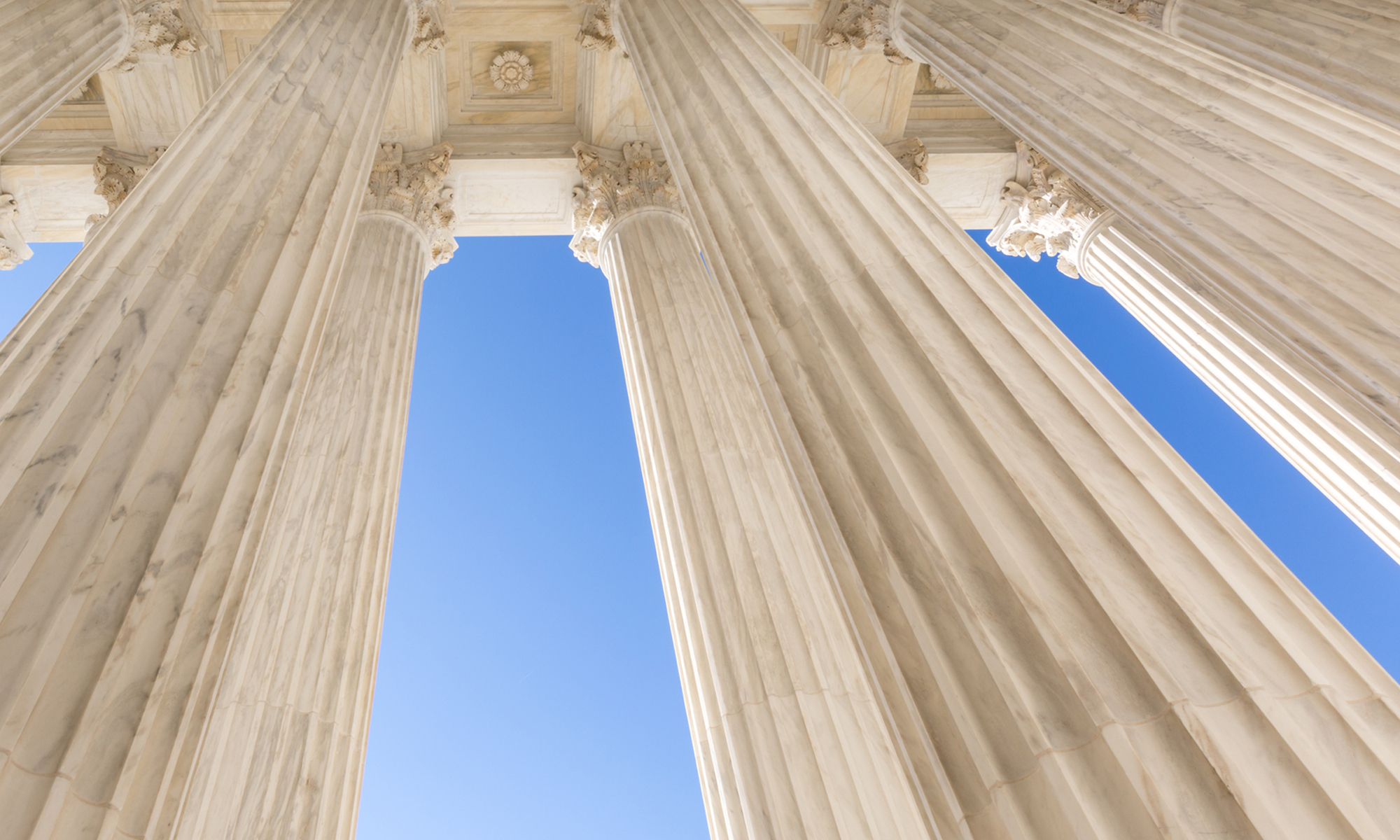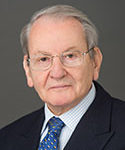Based on 2016 California court statistics, the time from the notice of appeal in a civil case to the filing of the Court of Appeal’s opinion differs substantially between California’s six appellate districts, and even between divisions within districts. The fastest California appellate court currently is Division 6 of the Second District in Ventura, with a median time of 423 days (a little over 14 months) to process a civil appeal from the notice of appeal to the filing of the decision. Ninety percent of all civil appeals in the court are processed in 667 days (a little over 22 months).
At the other end of the spectrum is the Third District in Sacramento, with a median time of 693 days (a little over 23 months) to process a civil appeal from the notice of appeal to the filing of the decision. Ninety percent of all civil appeals in the Third District are processed in 1,107 days (a little over 3 years).
Statewide, the median time to process civil appeals for all California appellate courts is 518 days (a little over 17 months), with ninety percent of all civil appeals processed statewide on average in 846 days (a little over 28 months).
Why the discrepancy between courts? Filings per justice explain much, but so does backlog. The Third District, for example, has far and away the largest number of pending appeals per justice.
And while we’re discussing statistics, what are your chances for success on appeal? If you’re the appellant, they’re pretty slim. Only 10% of civil appeals were reversed statewide in 2014-15. And if you decide to seek review in the California Supreme Court, it’s even more of a longshot—only 6% of petitions for review from civil appeals were granted by the Supreme Court in 2014-15.
The complete 2016 statistics can be found here.



